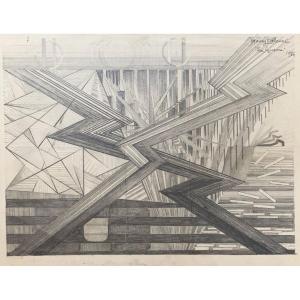La Guerre, 1954
Graphite on paper
Signed “Henry Valensi”, dated “1954” and titled “La Guerre” upper right
27 x 35 cm
Provenance: former Philippe Klein collection, gallery and collector
Born in Algiers in 1883, Henry Valensi moved to Paris in 1899 with his family who encouraged him in his budding passion for painting. He received his first training at the École Nationale Supérieure des Beaux-Arts and then at the Académie Julian, which he joined in 1902, where he followed, among other things, the course of Jules Lefebvre (1834-1912). He joined the Society of Independent Artists in 1908 and exhibited regularly at the Salon. The first paintings he presented there were still in a post-impressionist vein.
Anxious to renew pictorial art by freeing the artist from a vision that would be purely objective, Henry Valensi quickly developed a more personal style. He shares the reflections of avant-garde artists of his time in a context of intellectual and scientific effervescence. Close to the Puteaux Group formed in 1911 around Marcel Duchamp, Henry Valensi took part in the Salon of the legendary Golden Section inaugurated in 1912 alongside artists such as Jean Metzinger, Albert Gleizes and Jacques Villon. Unconcerned about making a living from his art, the young artist is on the fringes of the market. After the First World War, he traveled through Europe as far as Russia and traveled around the Mediterranean basin. He will say: “all my trips were for my work”. Over the course of his escapades, the landscapes he painted turned towards abstraction and incorporated a form of movement in the vein of the Italian futurists (ill.1). He also develops an obsession with geometry and the search for utopian views. In 1923, an exhibition was dedicated to him in Rome by Filippo Tommaso Marinetti (1876-1944), theoretician and founder of futurism.
Author of numerous theoretical writings on the relationship between the pictorial and the musical, Henry Valensi founded, in 1932, a movement which he called musicalism and which he defined as a painting to be heard. He is thus one of the creators of new spatial conceptions like Léopold Survage or Frantisek Kupka. He considers that painting, like music, propagates waves; the color makes the material vibrate and, associated with the line, creates a real music on the surface of the canvas that the artist conceives like a partition in space. Rhythm plays a major role in his work, which can be described as “musical painting”. Between 1936 and 1959, Henry Valensi worked on the production of a now legendary “cine-painting”. He made a short abstract film in color entitled La Symphonie spring, based on 64,000 drawings from a painting painted in 1932.
This work represents the ultimate achievement of painting in motion. Exiled to Algiers between 1940 and 1945, Henry Valensi produced works on the resistance and on the advancement of the Allied troops which he called his Gaullist “propaganda works”. The pencil drawing that we present is part of the post-war context and illustrates the place of studies in Henry Valensi's creative process. It is preparatory to a musicalist oil on canvas from 1954 entitled La Symphonie guerrière (ill.2) and thought to match that of La Paix. His first painted symphonies date from 1934. The artist meditated for a long time on the said canvases, of which we know other preparatory gouaches. An essential step in the recognition of his work: the work of Henry Valensi was recently honored on the occasion of the Modernités Plurielles exhibition at the Center Pompidou where a room is dedicated to him.
© A. BIOT





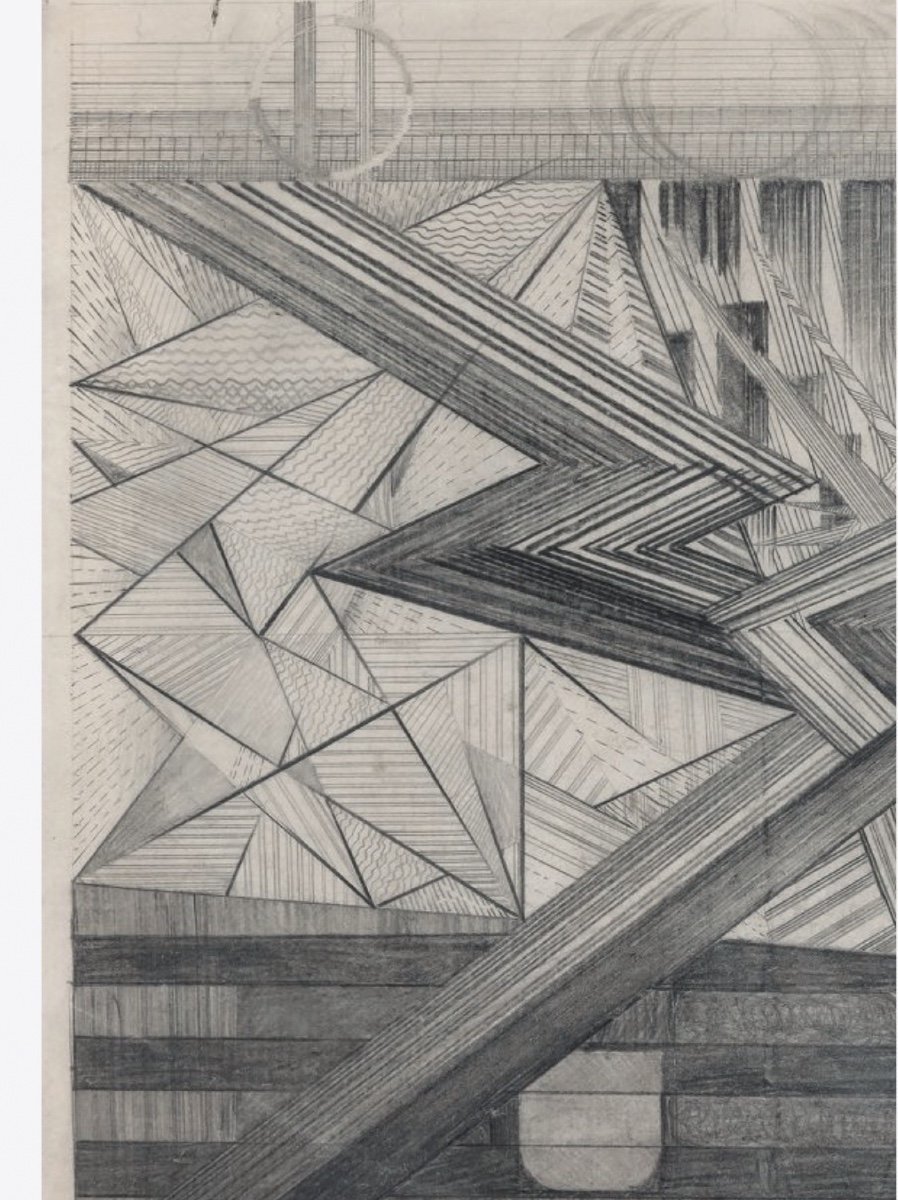



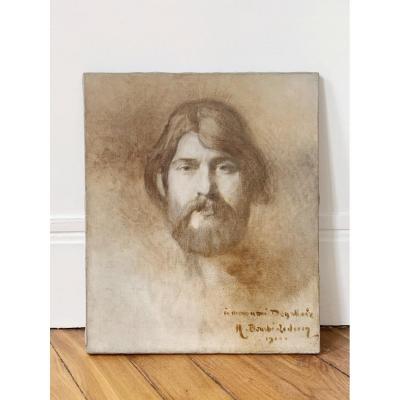


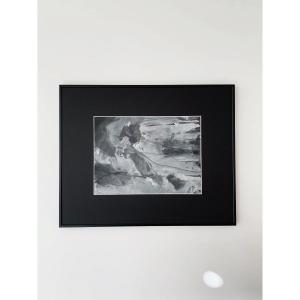



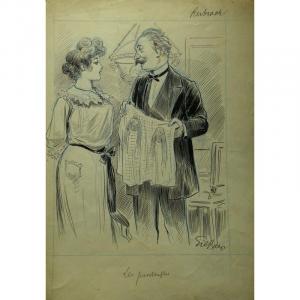
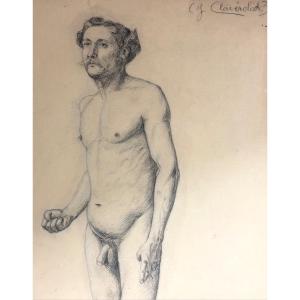
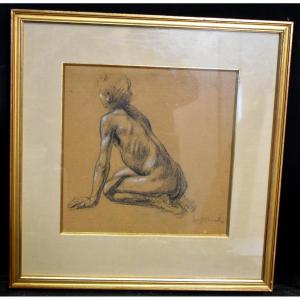





 Le Magazine de PROANTIC
Le Magazine de PROANTIC TRÉSORS Magazine
TRÉSORS Magazine Rivista Artiquariato
Rivista Artiquariato
